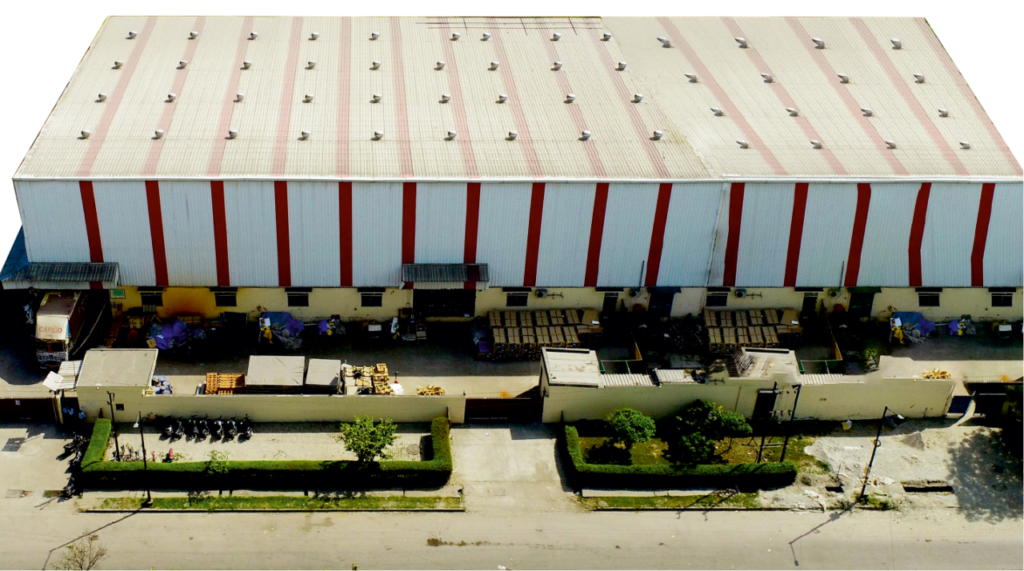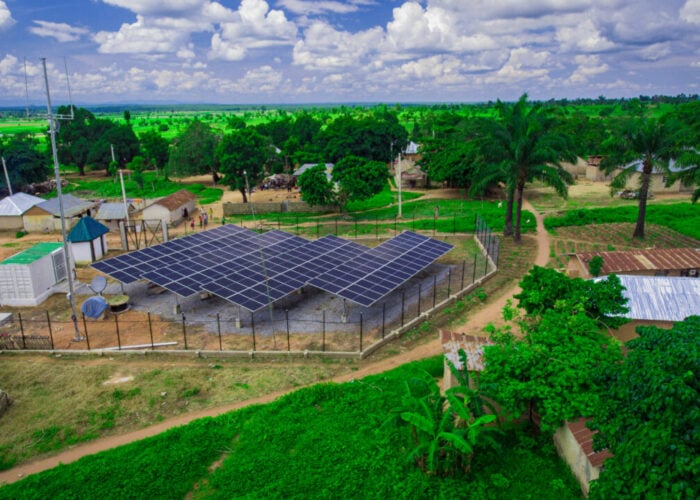
Indian solar module manufacturer Gautam Solar plans to double its annual module production capacity to 2GW by the end of next year through an investment of INDR1.5 billion (around US$17 million).
Gautam Solar currently operates four manufacturing facilities in the Indian states of Uttarakhand and Uttar Pradesh. While the company did not specify whether the investment will go towards expanding these factories, or building new ones, it noted that the new manufacturing capacity would go towards producing more tunnel oxide passivated contact (TOPCon) and passivated emitter rear cell (PERC) modules.
Unlock unlimited access for 12 whole months of distinctive global analysis
Photovoltaics International is now included.
- Regular insight and analysis of the industry’s biggest developments
- In-depth interviews with the industry’s leading figures
- Unlimited digital access to the PV Tech Power journal catalogue
- Unlimited digital access to the Photovoltaics International journal catalogue
- Access to more than 1,000 technical papers
- Discounts on Solar Media’s portfolio of events, in-person and virtual
Or continue reading this article for free
Both TOPCon and PERC modules have received greater attention from the manufacturing sector in recent months due to the more efficient nature of these modules. TOPCon modules generally have a higher conversion efficiency, and boast a lower temperature coefficient, than other modules, and as global solar capacity grows, ensuring operations are efficient could be integral to establishing solar as a major part of the world’s energy mix.
“We are committed to working with the various industry stakeholders to build a strong indigenous solar manufacturing sector in line with the government’s vision and help India achieve its net zero goal,” said Gautam Mohanka, Gautam Solar’s CEO.
“The fervently dedicated team of experts at Gautam Solar has been working extensively to leverage cutting-edge technologies to create innovative products and strategise solutions to escalate solar module manufacturing domestically.”
The news follows growing interest in the Indian solar manufacturing sector, with TotalEnergies forming a new joint venture company with European Energy and Indian energy giant Adani to develop 4GW of onshore renewables around the world. This came just a week after Tata Power and the US government agreed to establish a new 4.3GW cell and module manufacturing facility in India.
The work of joint ventures such as these, and the establishment of new solar manufacturing facilities, could be vital if India is to meet its clean energy goals. India currently has more than 70GW of solar capacity installed across the country, and boasts an annual solar manufacturing capacity of 39GW, as of September 2022.
However, the government plans to reach net zero by 2070, a later date than many other countries, and a distant goal considering that, according to the International Energy Agency, over 80% of India’s energy needs were met by coal, oil and solid biomass in 2021. Expanding both solar capacity, and the manufacturing potential to build new solar equipment, could be vital in realising these clean energy goals, and affirming India’s commitment to net zero.







